Hope springs eternal to Charlie Brown each fall as he approaches the football Lucy is teeing up for him to kick, knowing full well, if past is prologue, she will snatch it away at the last second. Political reformers bear a striking resemblance to the humiliated Charlie Brown in their dogged efforts to persuade the Supreme Court that extreme partisan redistricting is inimical to American democracy and a legitimate subject of judicial review and remediation. And the role of Lucy is played by Justice Anthony Kennedy.
Yesterday, the Supreme Court once again decided not to decide the merits of two partisan redistricting cases. The unanimous decision on Benisek v. Lamone, the case in Maryland in which Republicans are challenging a single gerrymandered Democratic U.S. House district, was unexceptional. The Supreme Court found it was not an abuse of discretion for the district court to deny the motion for preliminary injunction (to hold the 2018 election in a newly drawn district). The plaintiffs were too late in filing and failed to make a convincing case for their likely success in a full hearing; so, the case returns to the lower court.
The major case decided was Gill v. Whitford, a Democratic challenge to the gerrymander of the entire map of Wisconsin’s state legislative districts following the 2010 Census that reaped Republicans an exceedingly rich harvest of seats relative to the votes they won in the subsequent elections. The challenge succeeded in getting a full hearing before the district court and then winning a 2-1 decision by a three-judge panel, which ordered that a remedial map be put in place in time for the next election. The defendants appealed the order to the Supreme Court, which both stayed the district court order and postponed consideration of its own jurisdiction. Yesterday all nine justices found that the plaintiffs lacked standing to bring its constitutional challenge and therefore vacated the order of the district court. At the same time, seven justices (with Thomas and Gorsuch dissenting) remanded the case back to the lower court to afford plaintiffs an opportunity to demonstrate individual injury on a district-by-district basis.
So what are we to make of this? The Court seems no closer to entering the political thicket of partisan gerrymandering than it was when Justice Kennedy wrote in Vieth v. Jubelirer (2004) “there are yet no agreed upon substantive principles of fairness in districting,” and that, consequently, “we have no basis on which to define clear, manageable, and politically neutral standards for measuring the particular burden” on constitutional rights. None of the standards developed in the two decades since Kennedy provided a ray hope to partisan gerrymandering critics has passed muster with him. Much of the plaintiff briefing in Whitford was specifically addressed to his concerns. Justice Kagan’s separate concurring opinion, joined by the other three liberal justices, telegraphs a legal strategy of building a case on associational rights protected by the First Amendment, making party fairness and state-level information a legitimate basis for standing. Whether Justice Hamlet (Rick Hasen’s characterization of Kennedy) finds a way of breaking the deadlock on the Court is anyone’s guess. Same with Lucy.
In the meantime, the cases against extreme partisan gerrymandering will keep coming. The next one likely to be heard by the Supreme Court is the notorious North Carolina gerrymander. Following the recent success in Pennsylvania, state constitutions and statutes might be used when the federal judiciary fails to act. And then there are the 2018 and 2020 state elections preceding the next round of reapportionment and redistricting. One way or another, the battle will continue.
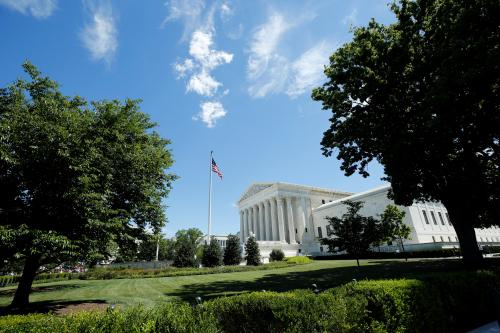
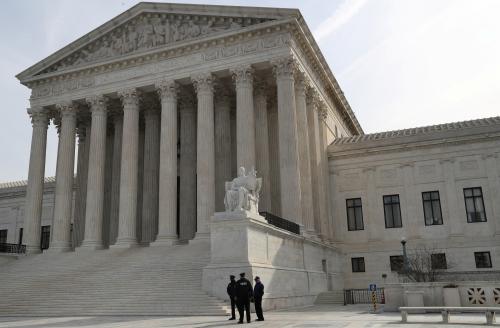
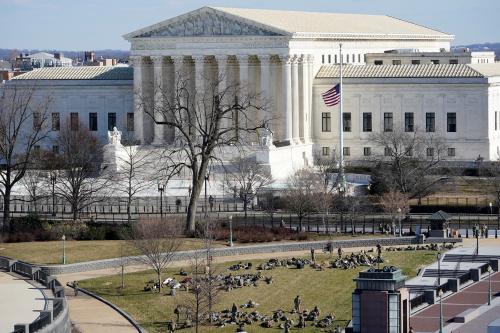
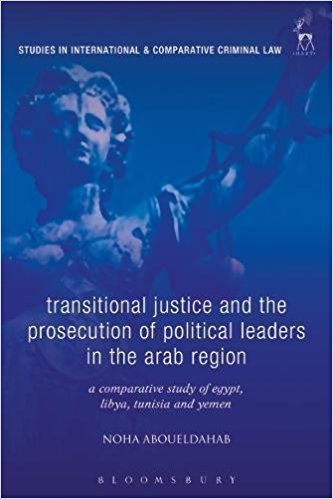

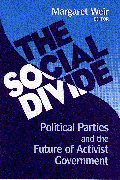




Commentary
SCOTUS as Lucy van Pelt: The court once again pulls the ball out from under hopeful reformers
June 19, 2018